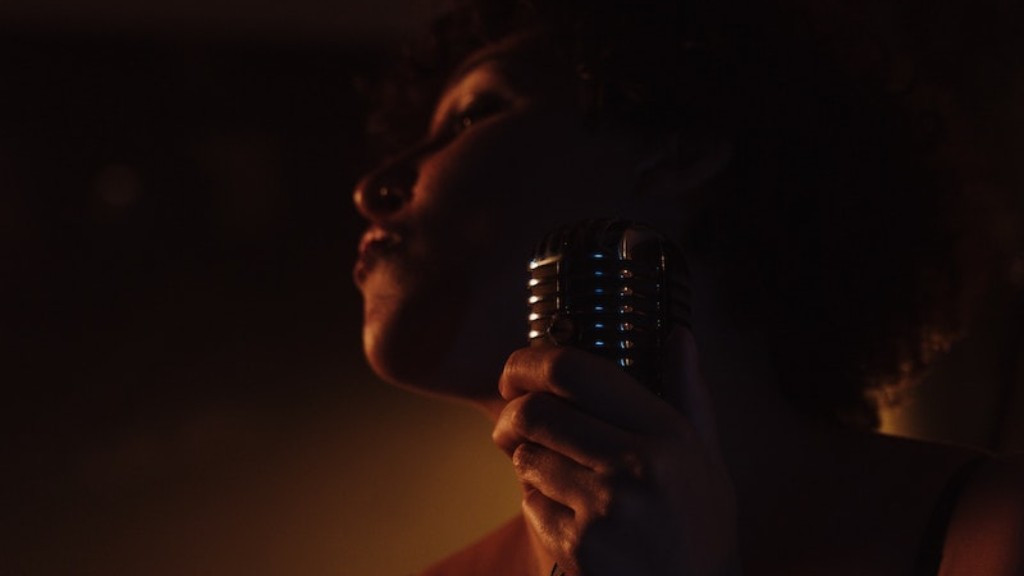Drawing beautiful 3d art can be a labor of love, but with a little practice, anyone can do it. To break it down into simpler steps, here’s a quick guide to starting your 3d art journey.
First, you’ll need some tools for success. For starters, you’ll need a computer, tablet, or light laptop that is capable of working with graphics and art programs. Ensure the program you choose has 3D capabilities, so you don’t have to keep restarting your project as you go along. You can also use a graphics tablet to draw if your laptop doesn’t have a touchscreen. Digital drawing pens and markers are also very helpful in forming scenes and characters while adding a touch of realism to the designs.
Second, picking the right program is very important in drawing 3D art. 3D models can be composed and animated in 3D design software, such as Blender, 3D Studio MAX, or Maya. Each program has its own unique way to create and manipulate shapes, so take your time and experiment with the different functions available to find the one that best suits your needs.
Third, work on developing a concept. 3D art is all about bringing your imaginative visions to life. Sketch up an idea and decide which shapes are needed to build the desired character or scenery. If you’re designing a character or scene from scratch, start with the basics such as a few polygons and gradually add more detailed pieces. Doing so will help you get a better picture of the finished project in your mind.
Fourth, practicing basic techniques. Although understanding complex 3D concepts can be daunting, the basics can easily be mastered. Start by getting to know the basic shapes, such as cubes and cylinders, and manipulate the controls available, such as scaling and moving objects. Once you get the hang of these basics, you’ll be able to bring your 3D art to life with ease.
Finding the right lighting for your project is also essential. Learn about the different lighting techniques like floodlights and three-point lighting, and how to adjust them to create the desired effects. You’ll need to experiment with the lights to see what works best for the environment or character you’re creating – not everything looks the same under the same light!
Textures and materials are also important to consider when drawing 3D art. Textures in 3D art define a 3D object’s appearance, so use it to your advantage. By adding textures and materials, you can make your 3D art look more realistic and visually-appealing.
Finally, rendering or exporting the work is the last step. Rendering turns the 3D art into a image or animation. If you want to view your work in its entirety, either render or export it before closing the project. Once you’ve done that, pat yourself on the back for a job well done and marvel at your 3D art creation!
Now for Building the Structure. To create complex 3D models, you need to stack and connect shapes to sculpt the object. Remember to apply support structures as needed, as well as to make sure the model is stable and balanced. You should use programming tools, such as scripting and scripting languages, to control the various details of your model, such as color and texture.
Additionally, learning to adjust the level of detail is key to creating captivating 3D art. The more detailed you make the model, the more realistic it will look. Start with larger cutting areas and slowly zoom in to add in details and smooth out the edges. Also, play with different materials and textures to add more depth and realism to the creation.
When it comes to animating 3D models, there are numerous tools and features available to help you bring your art to life. For example, you can use 3D animation software to deform, stretch, and even rotate objects. This will give the model a sense of movement and bring the model to life in a whole new way. There are also rigging tools that make it easier to control the movements of a character or object.
Finally, putting it all together is the last step in creating beautiful 3D art. Your work should be saved in the common 3D file format. Common formats include 3DS files, FLA files, and STL files, so you can easily share the final product with others. You can also post your work online, so everyone can see your work and appreciate it!
Exploring 3D art tools is necessary for any aspiring 3D artist. Becoming familiar with different tools gives you more insight into how 3D art is made and what tools are available for you to use. You can explore 3D art tools such as motion capture software, 3D printing software, and 3D sketching software to expand your creativity and boost your 3D artmaking experience.
Creating a portfolio is also a great tool for any 3D artist. Having a portfolio showcases your skills and capabilities, and can be used to engage with prospective employers and clients. Your portfolio should contain images, video clips, and screenshots of your 3D artwork to give a full picture of your talent and skill, and will help to boost your chances of work opportunities.
Getting feedback is also tremendously important when creating 3D art. Feedback will not only help you improve your work, but it will also give you insight into what other people are looking for in 3D art. Reach out to peers and professionals in the 3D art community and ask for honest feedback on your work. This will help you grow and develop as an artist and improve your skillset.
